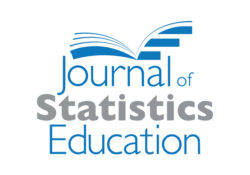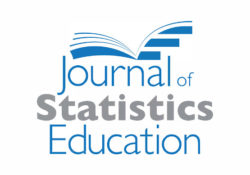tandfonline.com – Introducing Bayesian Analysis With m&m’s®: An Active-Learning Exercise for Undergraduates
tandfonline.com har udgivet en rapport under søgningen “Teacher Education Mathematics”: Abstract Formulae display:?Mathematical formulae have been encoded as MathML and are displayed in this HTML version using MathJax in order to improve their display. Uncheck the box to turn MathJax off. This feature requires Javascript. Click on a formula to zoom. Abstract We present an active-learning strategy for undergraduates that applies Bayesian analysis to candy-covered chocolate m&m’s®. The exercise is best suited for small class sizes and tutorial settings, after students have been introduced to the concepts of Bayesian statistics. The exercise takes advantage of the nonuniform distribution of m&m’s® colors, and the difference in distributions made at two different factories. In this paper, we provide the intended learning outcomes, lesson plan and step-by-step guide for instruction, and open-source teaching… Continue Reading

